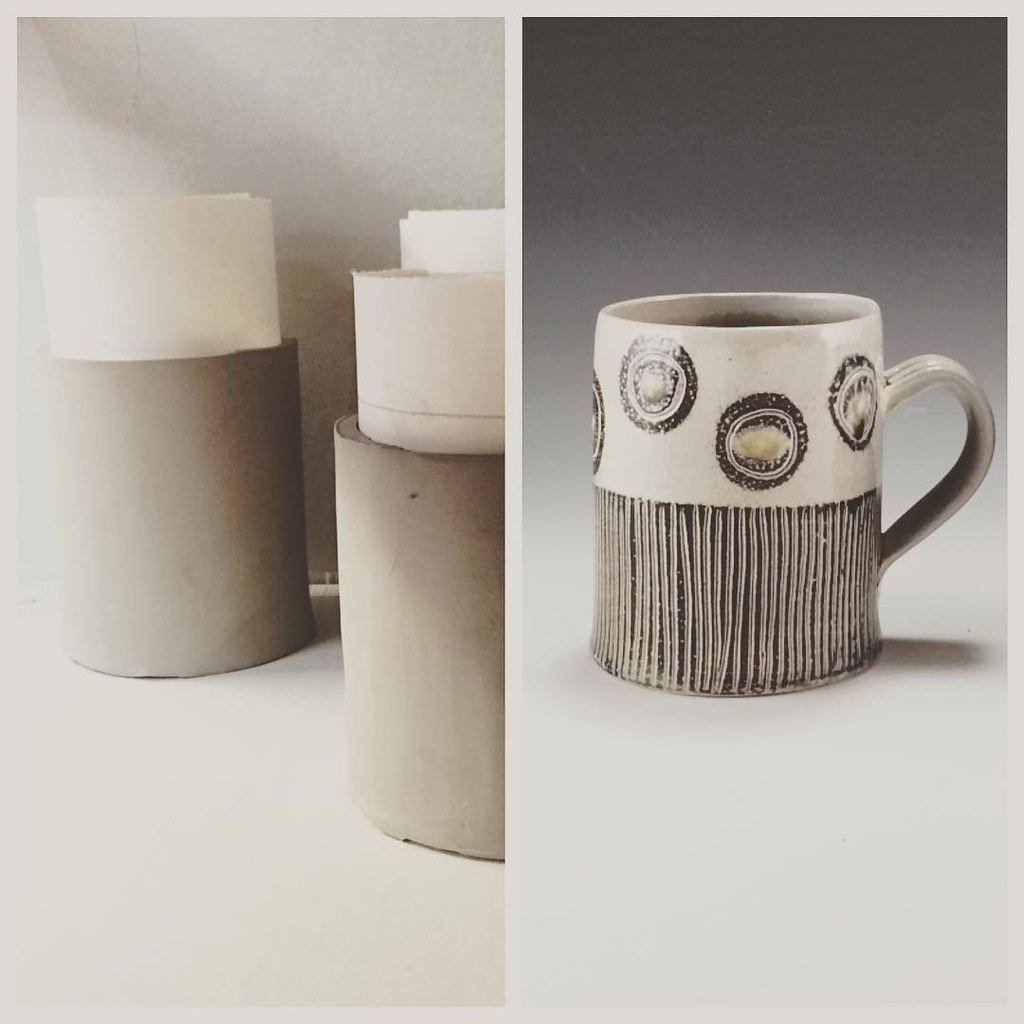
A slab clay definition often refers to the technique of crafting with clay where artists roll out flat, even sections that can be used to create intricate and diverse shapes. This foundational method allows for versatility in creating both functional and decorative pottery, offering endless possibilities for creativity in ceramic art. By mastering slab clay techniques, artists can produce items ranging from simple tiles to complex sculptures, each embodying distinctive characteristics.

| Technique | Tools Required | Typical Uses |
|---|---|---|
| Slab Rolling | Rolling pin, slab roller | Tiles, plates |
| Slab Construction | Scoring tool, slip | Sculptures, vases |
| Texturing | Texture mats, stencils | Decorative surfaces |
Exploring the Art of Slab Rolling
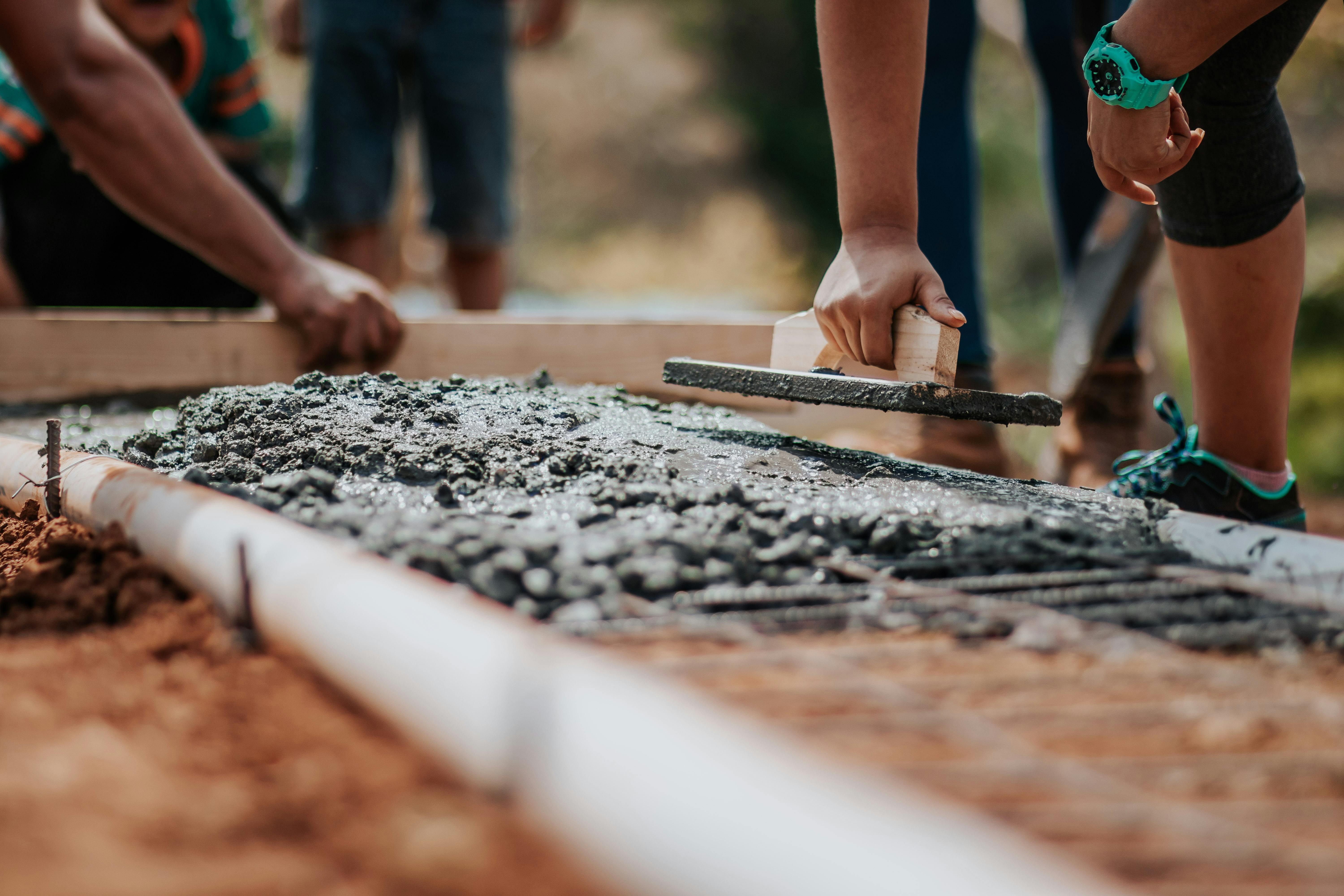
Unleash your creativity with the art of slab rolling. This technique is perfect for anyone eager to bring uniformity to their clay projects, whether you’re making tiles, plates, or any flat object. The process begins with the use of a rolling pin or, for more precision, a slab roller, enabling you to achieve even clay thickness. This pivotal stage is where the magic happens, setting the stage for what your creation will ultimately become.
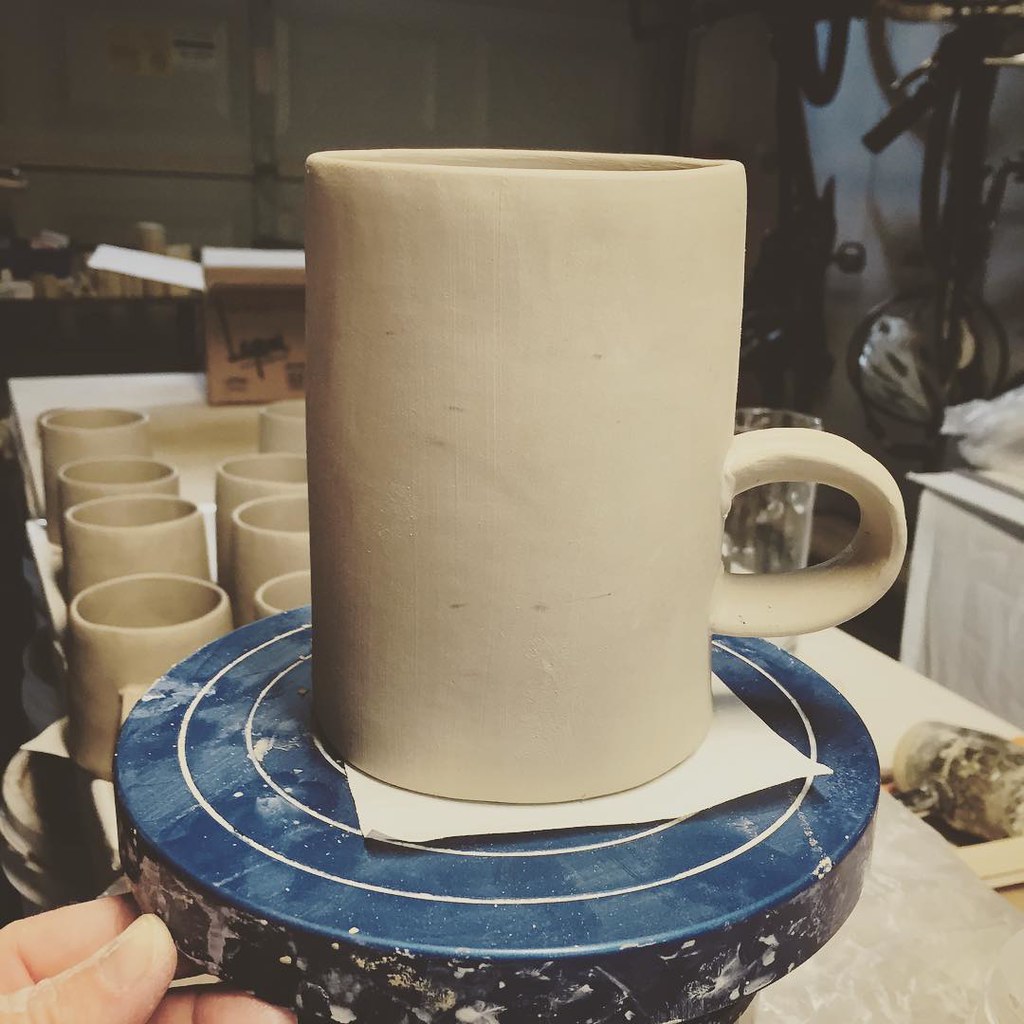
For anyone just venturing into ceramics, the slab rolling technique is akin to learning your first power chord on the guitar—once mastered, it opens up a world of possibilities. Not only does it lay the groundwork for building larger pieces, but it’s also your ticket to perfecting standalone flat designs. Embrace the potential of slab rolling and watch your artwork take a beautifully structured shape.
Mastering the Craft of Slab Construction
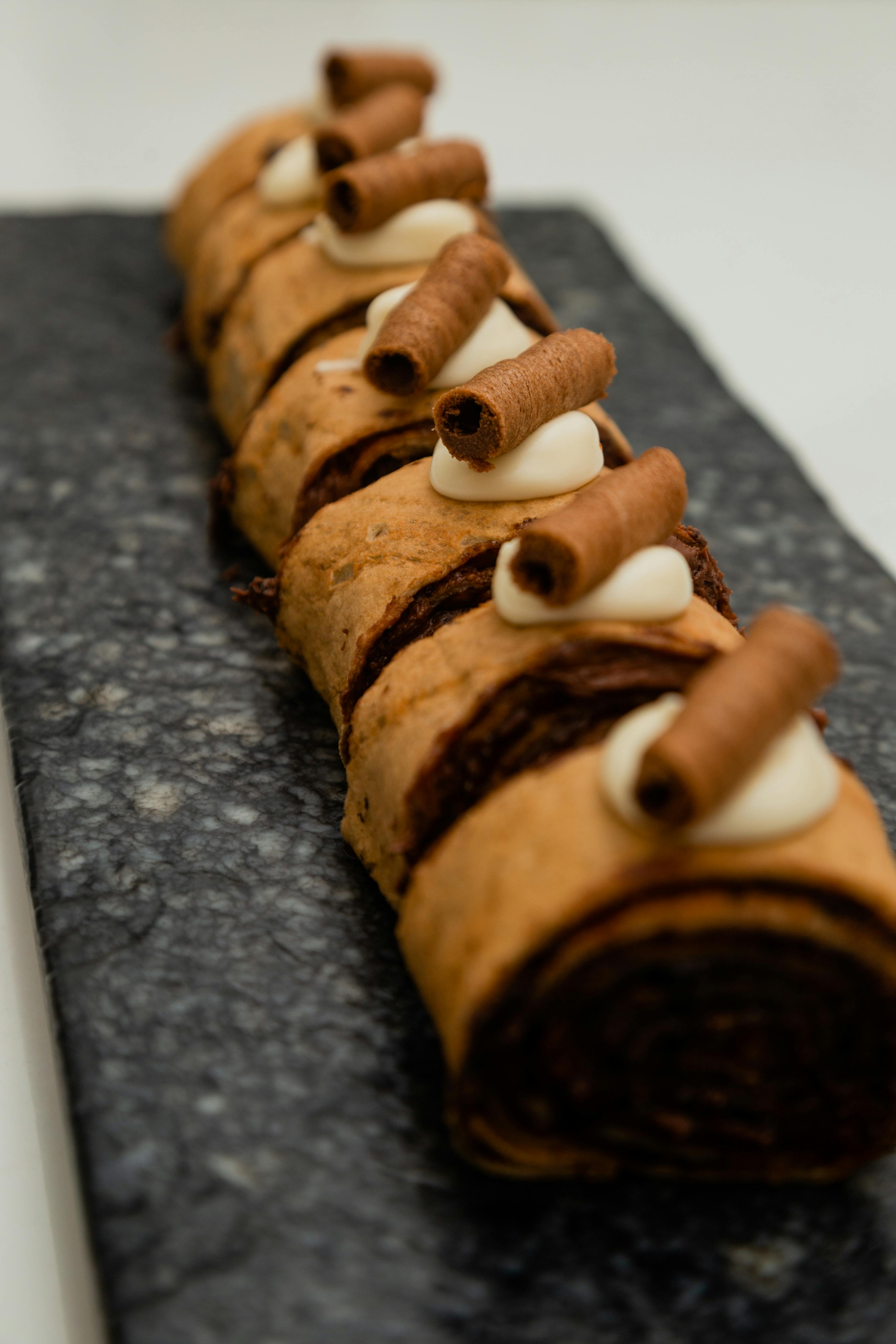
Transforming slab clay into stunning three-dimensional pieces requires the craft of slab construction. Imagine the pieces coming together, each edge perfectly aligned, held firmly with a simple score and slip technique. Whether you’re envisioning a vase that dances with light or a sculpture that tells a story, slab construction is your go-to method.
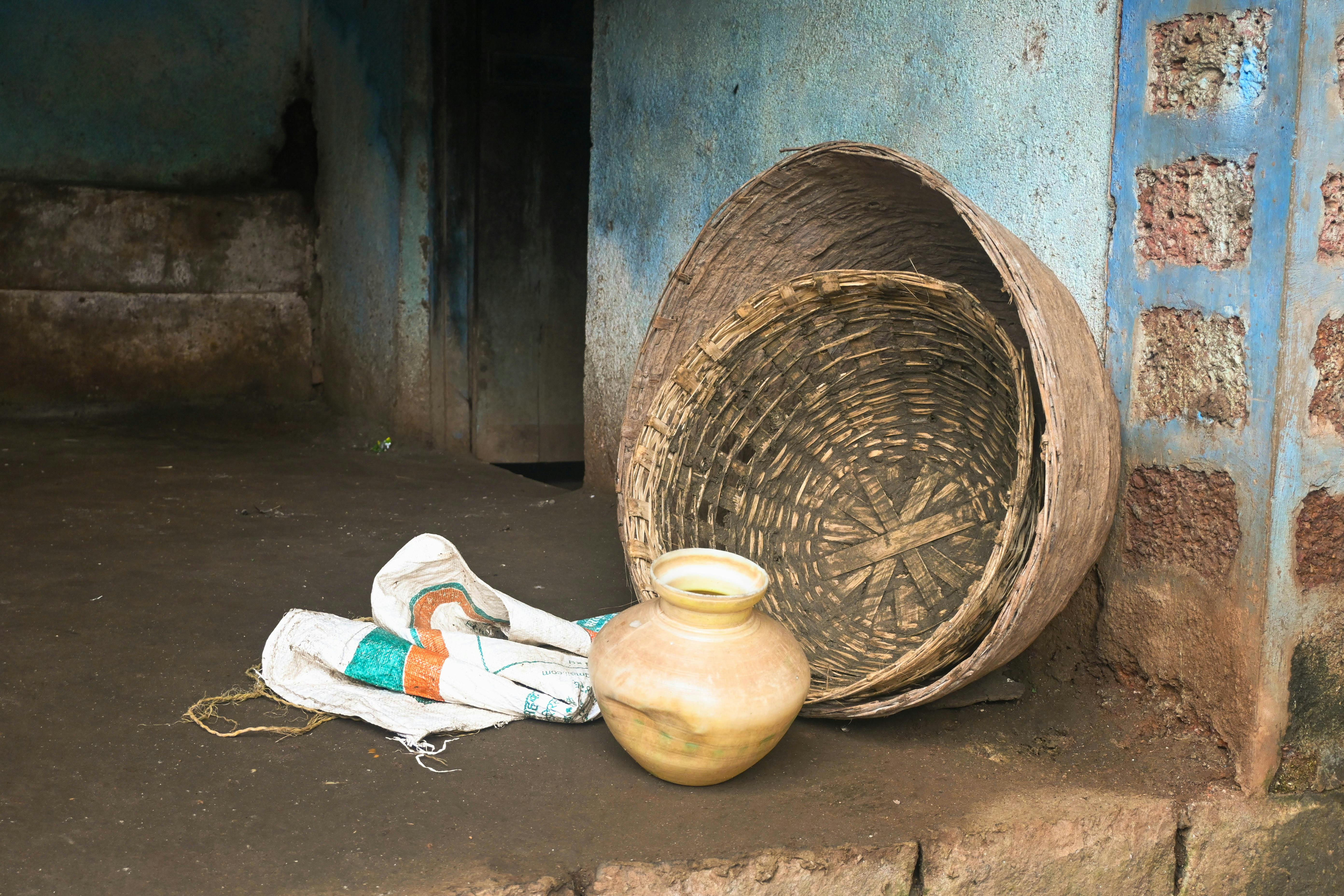
Here’s a quick guide to kickstart your slab construction journey:
- Score and slip: Always score the edges of your slabs to roughen them up before adding slip—think of it as the ceramics equivalent of glue.
- Careful alignment: Lay the slabs together, using the slip to adhere them tightly.
- Patience in drying: Allow your construction ample time to dry, minimizing the risk of cracks and maintaining structural integrity.
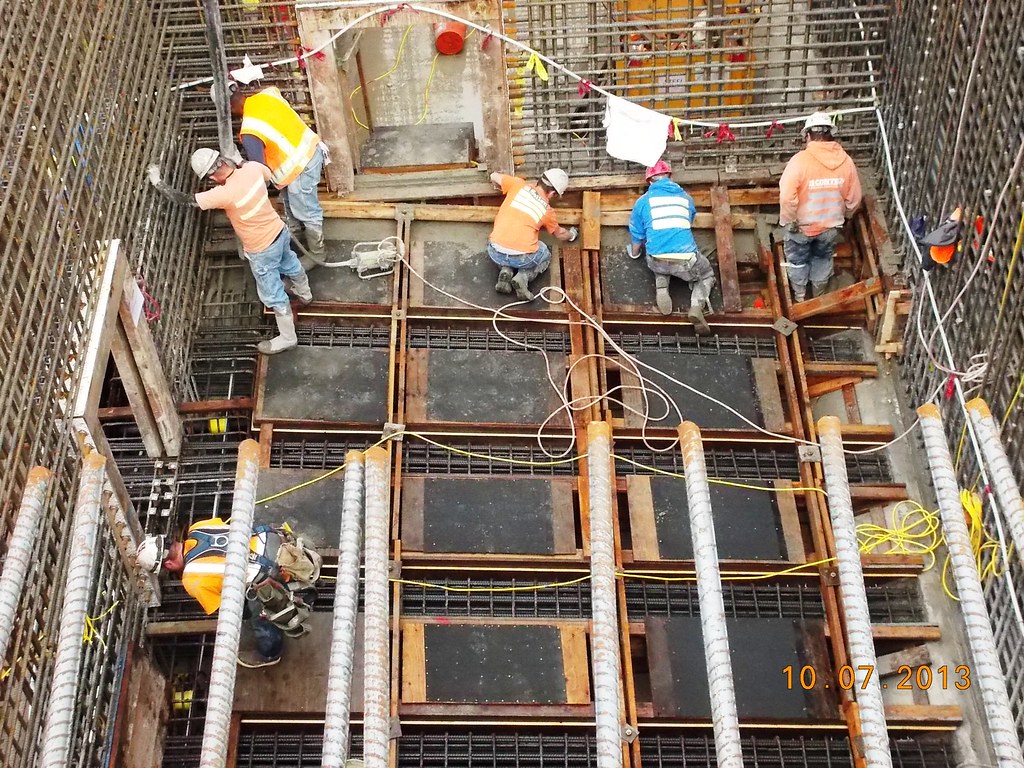
With patience and practice, slab construction evolves from a technique to a reliable ally in your creative toolbox.
Enhancing with Clay Texturing Techniques
When it comes to adding personality and flair to your pottery, texturing is where your pieces begin to sing. Imagine a vase that not only holds flowers but also invites touch with its intricate surface. Using texture mats, stencils, or even everyday objects like fabric, artists can imprint captivating designs onto the clay’s surface.
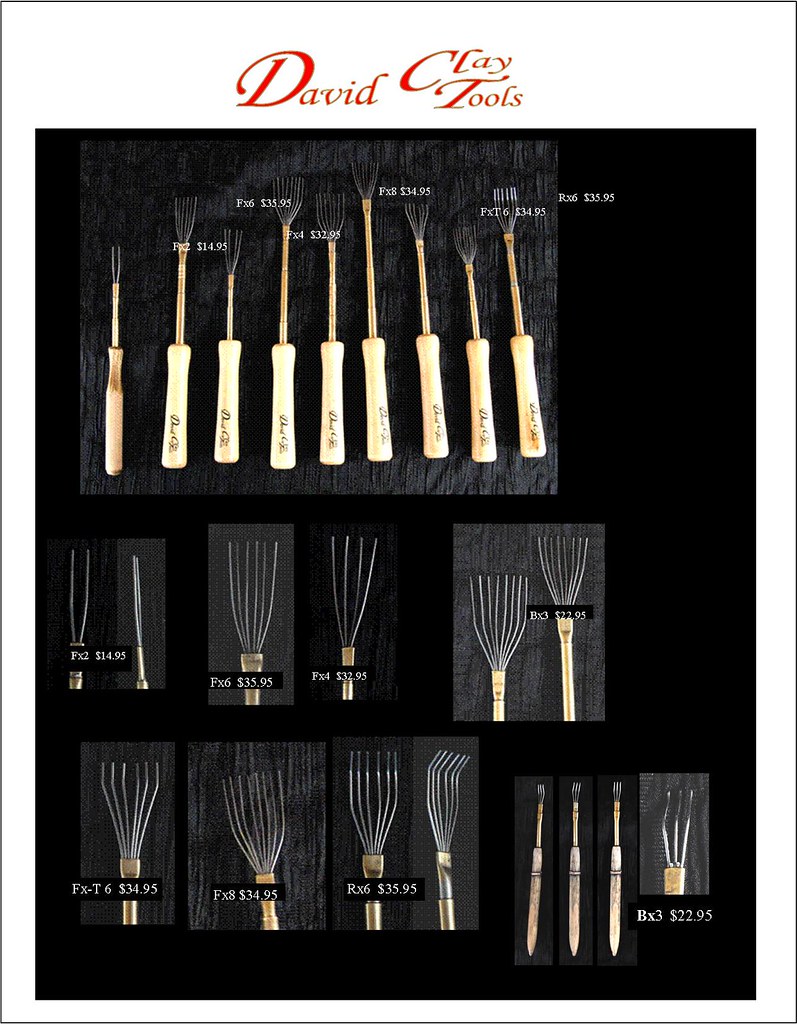
Experimentation is key in texturing:
- Mat diversity: Texture mats come in countless patterns—don’t shy away from trying different ones to see which complements your work best.
- Stencil art: Use stencils to carve out repetitive motifs or stunning standalone illustrations.
- Nature inspiration: Incorporate leaves or twigs directly onto the clay for organic patterns.
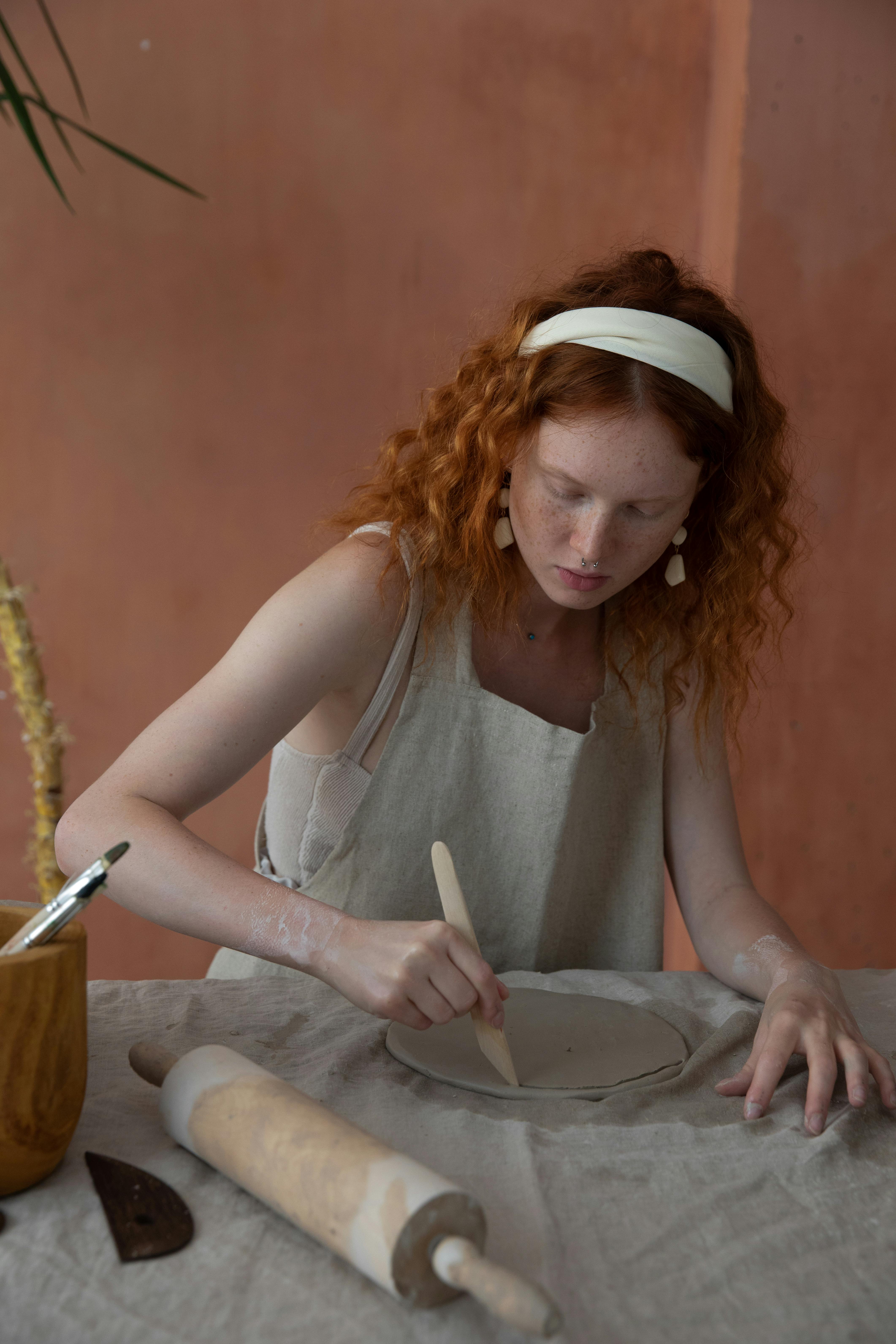
Texturing opens a universe of inspiration, each project offering a unique canvas for expression.
As you delve into these techniques, each offers endless possibilities to express your creativity through clay. So, are you ready to get your hands dirty and let your imagination take the lead? Share your journey in the comments, and let’s inspire each other with recent projects and insights!
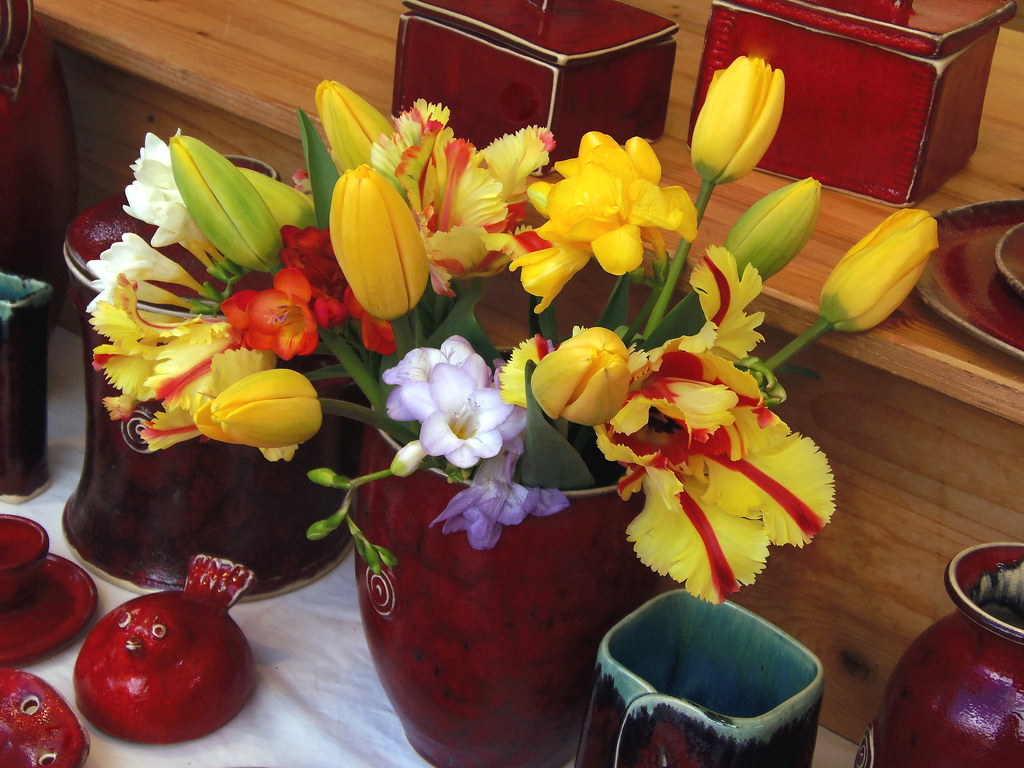
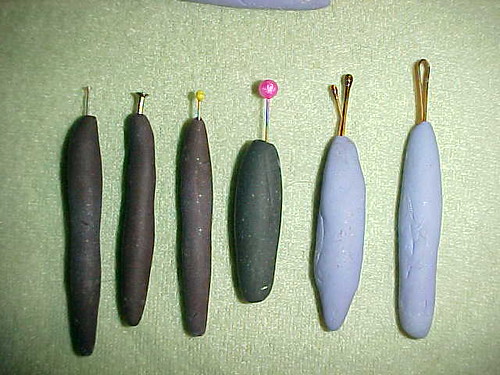
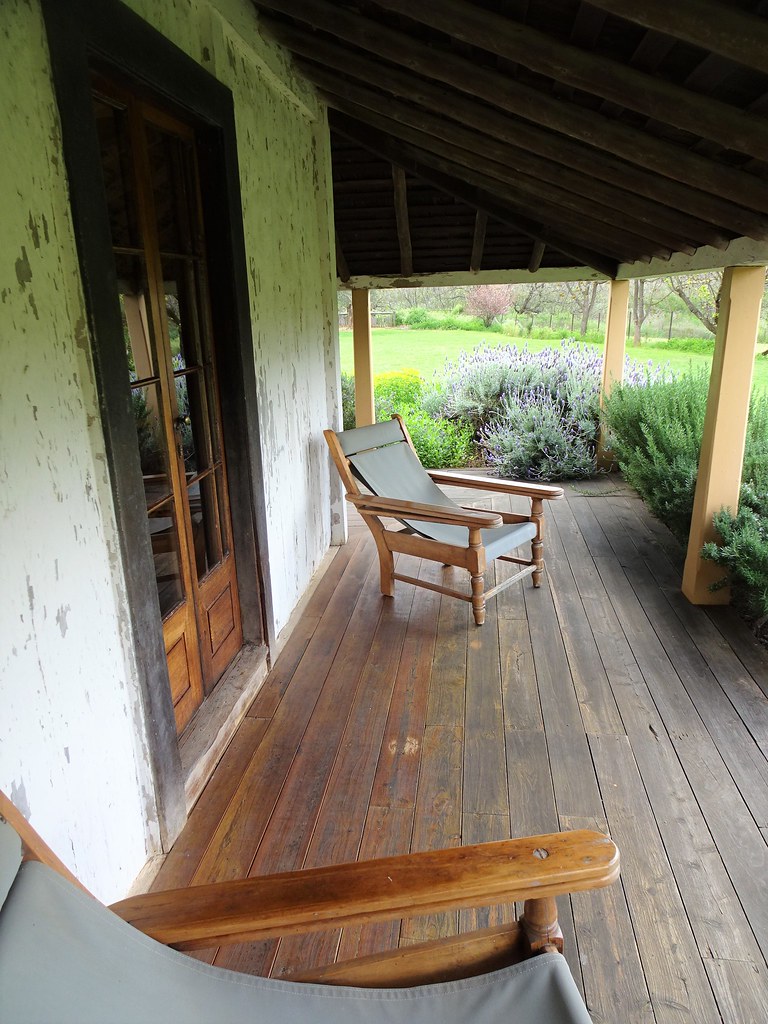


Basics of Ceramic Handbuilding: Pinchpot, Coiling & Slab Building
A slab clay definition often refers to the technique of crafting with clay where artists roll out flat, even sections that can be used to create intricate and diverse shapes. To further explore this method and enhance your skills, watch the video “Basics of Ceramic Handbuilding: Pinchpot, Coiling & Slab Building” by Clay Corner Studio, where you can learn and combine these essential handbuilding techniques.
What is a slab of clay?
A slab of clay is a uniformly rolled piece of clay that can be shaped into nearly any form—commonly rectangular or square. These flat sheets serve as the basis for many hand-building pottery techniques, such as draping over plate molds, wrapping around cylinders to form tubes, or cutting into precise shapes for tiles and box-like structures. Because slabs maintain an even thickness, they’re ideal for creating clean lines and consistent forms in slab pottery projects.
What is slab pottery and how does it differ from thrown pottery?
Slab pottery is a hand-building method where pressed or rolled clay slabs are joined to form a vessel or sculpture. Unlike thrown pottery, which uses a spinning potter’s wheel to shape the clay, slab techniques allow potters to create angular, geometric, or more intricate forms. Historically, many ancient cultures relied on slab construction to produce the ceramic artifacts found in museums today, highlighting its long-standing importance in pottery craft.
What does it mean to roll a clay slab?
Rolling a clay slab means flattening the clay into an even sheet, then cutting and assembling those sections to make items like cups, pots, or decorative pieces. Mastering the slab technique opens the door to countless creative possibilities, letting you personalize your designs with textured surfaces, detailed shapes, or bold geometric angles.
What is the slab method of art?
The slab method of art involves forming pottery from rolled, flat clay pieces instead of working exclusively with a potter’s wheel. Some potters will even combine the two approaches: for instance, throwing a pot’s body on the wheel while adding rectangular slabs to form a unique rim or accent. This blending of techniques showcases the versatility and expressive potential of slab construction in ceramic art.
Understanding the slab clay technique opens up a world of creative possibilities. Whether you’re a seasoned potter or just starting out, rolling out flat sections of clay allows you to experiment with various shapes and designs. This versatility not only enhances your crafting skills but also enables you to produce both functional and artistic pieces that stand out.
Join Our Creative Community
I'd love to see your slab clay creations and share more tips and inspiration! Be sure to follow us on Instagram to stay updated with the latest projects and connect with fellow clay enthusiasts.
